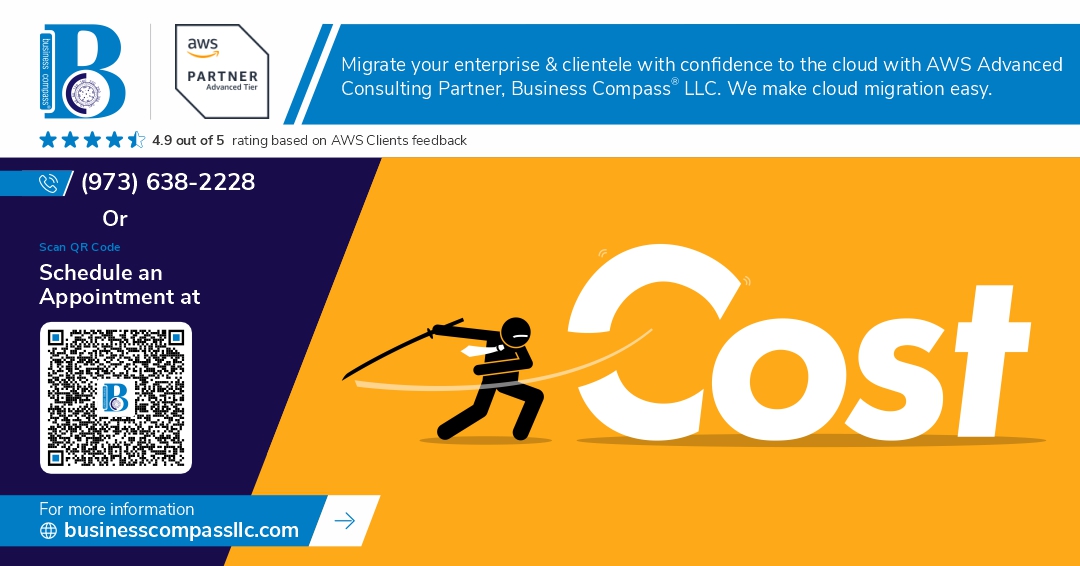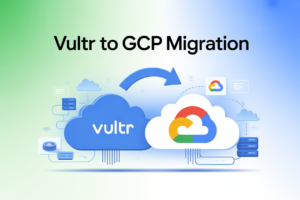Managing Snowflake costs doesn’t have to be complicated. Data engineers and cloud administrators often struggle with unexpected Snowflake bills that eat into their budgets. This guide breaks down practical monitoring strategies and optimization techniques to help you reduce expenses while maintaining performance. We’ll cover how to track your Snowflake spending effectively, optimize your queries for better cost efficiency, and implement smart storage management practices that save money. By the end, you’ll have actionable steps to take control of your Snowflake costs immediately.
Understanding Snowflake’s Cost Structure
Breaking down Snowflake’s consumption-based pricing model
Snowflake’s pricing isn’t like your old database license. You pay for what you use – simple as that. Think of it as your utility bill: leave the lights on, pay more. Spin up massive warehouses for quick queries, and watch your bill grow accordingly.
Essential Snowflake Cost Monitoring Strategies
A. Setting up automated usage alerts and notifications
Ever blown past your cloud budget without realizing it? Snowflake’s automated alerts are your financial safety net. Set custom thresholds for warehouses, databases, or user activity and get instant notifications when spending approaches limits. No more end-of-month billing surprises!
Optimizing Query Performance for Cost Efficiency
Optimizing Query Performance for Cost Efficiency
A. Identifying expensive queries with Query History
Query History isn’t just a troubleshooting tool—it’s your cost-cutting secret weapon. Look for queries with high execution times or massive data scans. Those resource hogs? They’re eating your credits for breakfast. Prioritize the worst offenders and watch your bill shrink.
Right-sizing Your Snowflake Resources
A. Selecting appropriate warehouse sizes
Ever picked the wrong tool for a job? Same deal with Snowflake warehouses. Going too big wastes money; too small creates bottlenecks. Match warehouse size to your actual workload demands. Monitor query patterns, check execution times, and adjust accordingly. Your wallet will thank you.
Data Storage Optimization Techniques
Implementing effective data retention policies
Let’s be honest – most Snowflake users keep data forever because deleting stuff is scary. But those bytes add up fast! Create tiered retention policies based on data value: hot data (30 days), warm data (90 days), and cold data (archive or purge). Your wallet will thank you.
Organizational Approaches to Cost Management
Implementing resource monitors and budget controls
Set hard limits on warehouse spending before costs spiral. Create alerts at 80% thresholds so teams can adjust before maxing out. Your finance folks will thank you.
Role-based access control for cost governance
Not everyone needs super-user powers. Restrict warehouse creation and sizing to admins while giving analysts what they need. This prevents accidental spending sprees.
Chargeback models for multi-team environments
When departments see the bill, behavior changes fast. Track consumption by team and charge accordingly. Marketing might think twice about that resource-hungry dashboard.
Building a cost-conscious organizational culture
Celebrate cost savings like feature launches. Share wins in all-hands meetings and recognize efficiency heroes. Culture eats strategy for breakfast – especially with cloud spending.
Advanced Cost Optimization Tactics
Leveraging materialized views strategically
Stop recalculating the same complex queries over and over. Materialized views cache results automatically, slashing compute costs on repetitive analytics. They’re perfect for dashboards that hammer your warehouse hourly. Just remember – they do add storage costs, so target high-frequency, computation-heavy queries for maximum savings.
Mastering Snowflake cost management requires a strategic approach that combines effective monitoring with practical optimization techniques. By understanding Snowflake’s unique cost structure, implementing robust monitoring strategies, and optimizing query performance, organizations can significantly reduce unnecessary expenses. Right-sizing resources, optimizing data storage, and adopting organizational cost management frameworks further enhance these savings, ensuring you get maximum value from your Snowflake investment.
Take control of your Snowflake costs today by implementing these monitoring and optimization strategies. Start with understanding your current usage patterns, then systematically apply the optimization techniques that will have the greatest impact for your specific workloads. Remember that effective cost management is an ongoing process—regularly review your implementation, measure the results, and refine your approach to achieve sustainable cost efficiency while maintaining the performance your business requires.



















